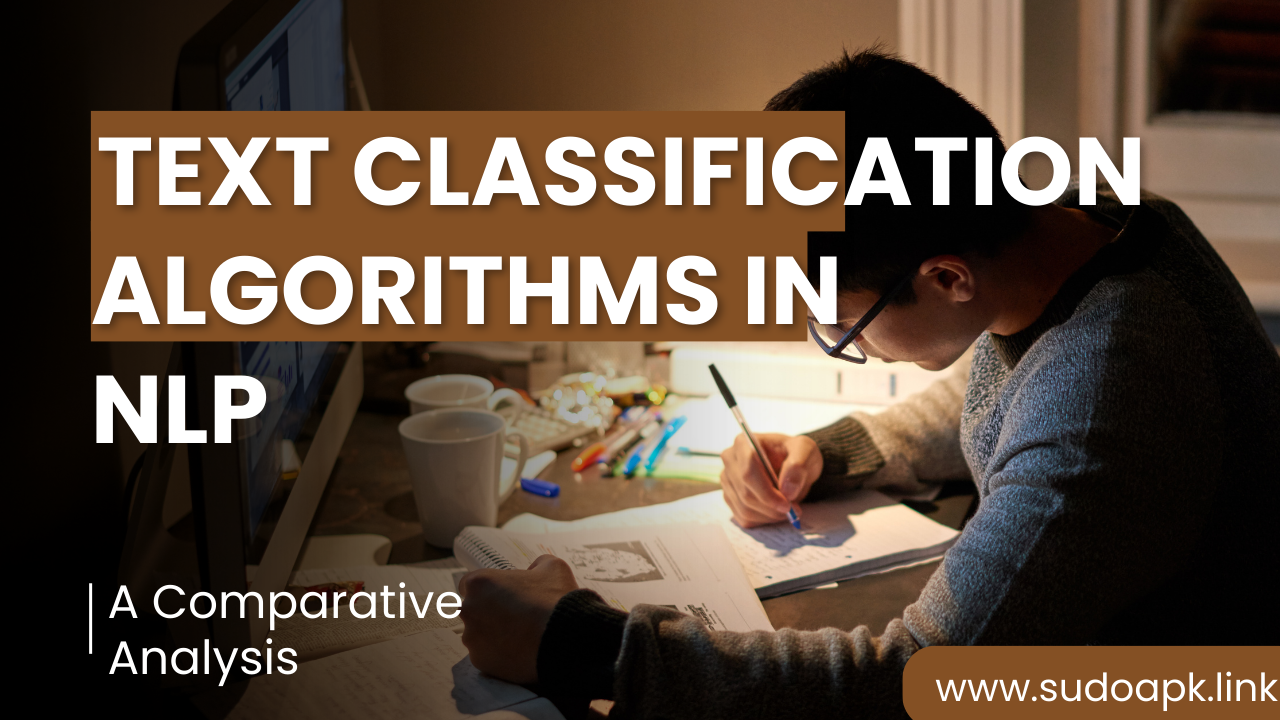

Text Classification Algorithms in NLP: A Comparative Analysis
Text classification refers to assigning categories or labels to free-form text based on its content. It enables applications like sentiment analysis, topic labeling, spam detection and language identification. With text comprising over 80% of online data, classification unlocks immense value.
In this guide, we will compare popular algorithms for text classification in NLP by examining their methodology, advantages, limitations and use cases through an industry lens. Analyzing real-world suitability guides appropriate adoption. Let's get started!
Overview of Text Classification Landscape
Text classification relies on supervised or semi-supervised machine learning where models get trained on human-labeled text corpus like reviews, articles, tweets etc. to build recognition capabilities. We will cover:
1. Classical Machine Learning Models
Algorithms like Naive Bayes, SVM, Logistic Regression etc rely on manually engineered text features as input for training like bag-of-words, TF-IDF vectors and word embeddings.
2. Deep Learning Models
Neural networks automatically extract feature representations needed for classification from raw text input using word embeddings during training. Popular choices include CNN, RNN, LSTM and Transformers.
3. Ensemble Models
Combining predictions from multiple diverse models together reduces individual weaknesses. Ensemble modeling using voting or stacking improves accuracy over single models.
Now let's analytically compare methodologies and performance across classification tasks:
Comparing Classification Methodologies
Naive Bayes
It applies the Bayesian probability theorem using independence assumptions between text features making computations easier. Though simplifying, it delivers surprisingly good results on multi-class problems.
Logistic Regression
It predicts probability of class membership based on text features using a sigmoid function. Features get weighted by importance automatically through training. Compared to Naive Bayes, it avoids independence assumption bringing more accuracy.
Support Vector Machines
It constructs optimal hyperplanes in high-dimensional feature space to categorize classes with maximum margin of separation. Kernel SVMs map inputs using similarity metrics. However, high compute cost for features impacts scalability.
Neural Networks with Word Embeddings
Layers of interconnected neurons automatically extract feature abstractions from raw text input using dense word, sentence and document level embeddings. Different neural architectures bring varied advantages.
Deep Learning avoids extensive preprocessing needs of classical models using inbuilt feature extraction. Let's analyze neural architectures next.
Comparing Neural Architectures for Text Classification
Recurrent Neural Networks
Tuning RNNs with long short-term memory cells minimizes vanishing gradient issues during backpropagation enabling strong sequential understanding by retaining long term dependencies from text useful for sentiment analysis over LSTM alone.
Convolutional Neural Networks
CNNs recognize discriminative phrase patterns and features across their layered filters achieving competitive accuracy at higher efficiency than RNNs aiding real-time use through faster parallel training. TextCNN shines for sentence modeling.
Transformers
Built solely using attention layers instead of RNN/CNN layers, transformers derive context representations excelling at language understanding tasks. Pre-trained models like BERT achieve state-of-the-art by transferring learned text patterns across domain improving sentiment and topic analysis.
Combining models using ensembling boosts performance further.
Ensembling for More Accurate Text Classification
Single models can reflect biases. Ensembling combines predictions from diverse models using averaging/voting techniques:
Model Stacking
A high-level generalized model gets trained to optimize final predictions using the output probabilities distribution of multiple base models as input features. It reduces variance and overfitting.
Voting Classifier
Each model casts a vote for its predicted label and the majority class gets selected avoiding need for an additional model like stacking. Prediction probabilities can be used as vote weights to maximize consensus.
Both algorithms improve classification accuracy as strengths get combined. The correct approach depends on use case needs like real-time latency bounds.
Through their methodological comparison, we found strengths suiting text classification tasks having varied challenges around multi-linguality, microtext, streaming data and explainability. Let's analyze model selection for industry applications based on characteristics and maturity.
Recommended Approaches Across Domains
Multi-lingual User Content Moderation
Issue: Vast volumes of toxic, illegal and unethical content in regional languages challenge human review feasibly across social sites and communal platforms.
Solution: Transfer learning using pre-trained multilingual BERT models fine-tuned on domain data delivers high accuracy for safety automation freeing moderators to handle policy issues and appeals.
Microtext Categorization for Market Surveillance
Issue: Labeling short microtext with limited context like tweets, pitches and headlines into topics aids discovery of linked entities and market influencing signals for regulatory oversight.
Solution: Combining character, word and sentence level CNNs with additional entity embedding layers boosts situational understanding tackling microtext ambiguity through enhanced feature learning.
Real-time Financial Transaction Monitoring
Issue: Rapid classification of monetary transactions to detect risks like fraud, money laundering and market abuse is vital for financial institutions given large volumes enabling quick intervention.
Solution: Bidirectional GRU, an RNN variant, combined with explainable attention visualization offers real-time payment classification with auditability to satisfy compliance needs.
Patient Health Record Tagging
Issue: Medical literature and health records use specialized vocabulary. Flagging aspects like conditions, medications and labs accurately informs personalized care through graph databases while aiding billing code automation.
Solution: Dictionary based tokenization and multi-filter CNNs attuned to terminology with transfer learning using domain-specific electonic health record corpus improves recall aiding diagnostics.
As evident, combining classical and deep learning models using ensemble techniques while tailoring to domain language use cases maximizes text classification accuracy across applications benefiting businesses and society.
Key Takeaways on Text Classification in NLP
Supervised deep learning models using word and document embeddings provide state-of-the-art text classification accuracy by automatically learning predictive text features.
Ensemble approaches further boost performance by mitigating individual model limitations enabling roles like boosted decision making and model debugging.
Transfer learning using large pre-trained language models adapts accurately to new domains with limited labeled data availability making adoption easier.
Choice of approach depends on use case needs around explainability, privacy, dataset attributes and inference latency bounding production systems.
Responsible development practices around testing bias and stereotyping mitigation ensure model fairness by user demography.
To conclude, combining classical linguistics analysis with modern deep learning provides a powerful framework for extracting insights from text at scale reliably across applications in business and research. We hope this guide supports your NLP endeavors!
Frequently Asked Questions on Text Classification
Q: What are the standard metrics to evaluate text classification models?
Accuracy, Precision, Recall and F1 provide key metrics. Confusion matrix, ROC plots and PR curves visualize errors. Metrics need tracking by population subgroups to ensure fairness.
Q: How can text classification aid business analytics?
Customer churn prediction, targeted marketing, brand tracking through social media analysis, document workflow automation and contract analytics enable data-driven decisions leveraging text classification.
Q: What are loss functions in text classification?
Cross entropy loss works best for single-label multi-class prediction. Focal loss handles label imbalance. Ranking losses like triplet minimize intra-class variance aiding search. Contractive loss improves embeddings.
Q: Why transform models overtake CNN and RNN?
Self-attention draws global context able to handle longer term dependencies in text unlike RNN while capturing semantic relationships missing in isolated CNN filters enabling superior language sense. Pre-training benefits transfer tasks.
Q: How can bias be reduced in text classification models?
Balanced sampling, data augmentation techniques andConfidence Scores enable assessing model fairness. Noise injection during training adds robustness while techniques like LIME explain model logic.
In summary, text classification powers ubiquitous applications like web search, sentiment analysis and safety monitoring by unlocking insights from unstructured data using NLP. Tailoring predictive models according to use case needs and upholding transparency will maximize benefits responsibly.
Popular articles
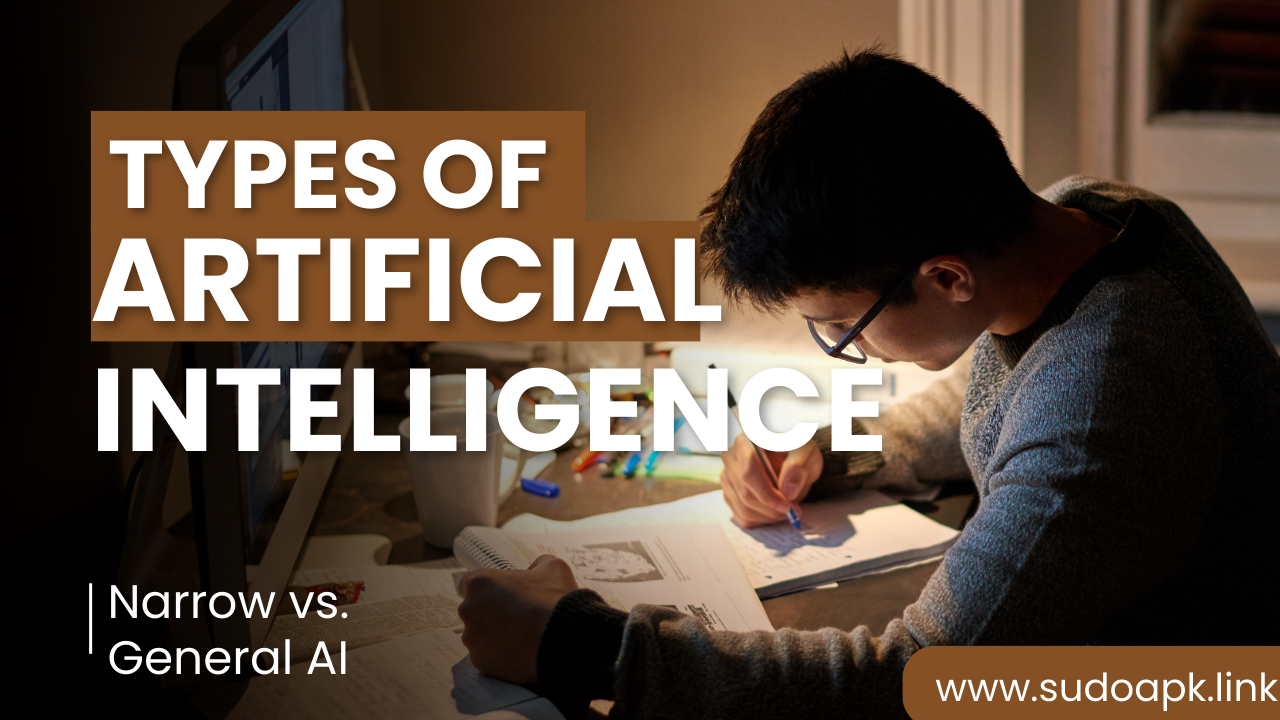
Dec 31, 2023 07:04 AM
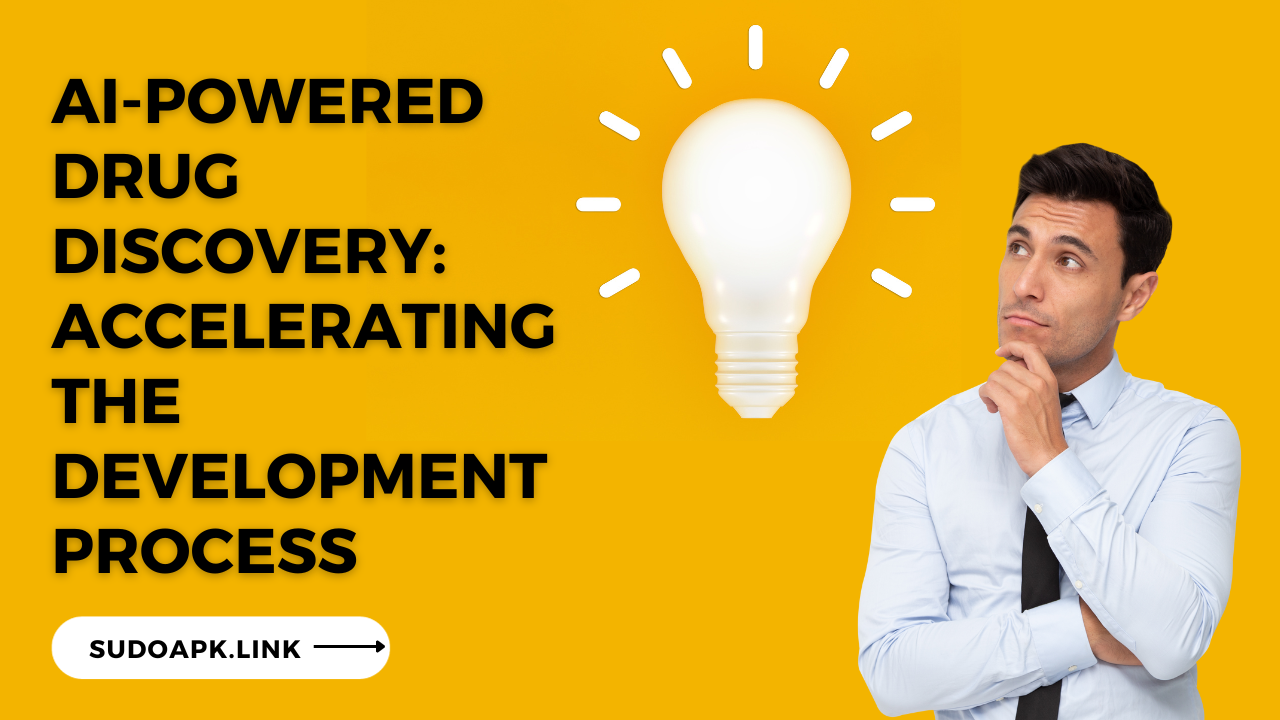
Jan 06, 2024 06:56 AM
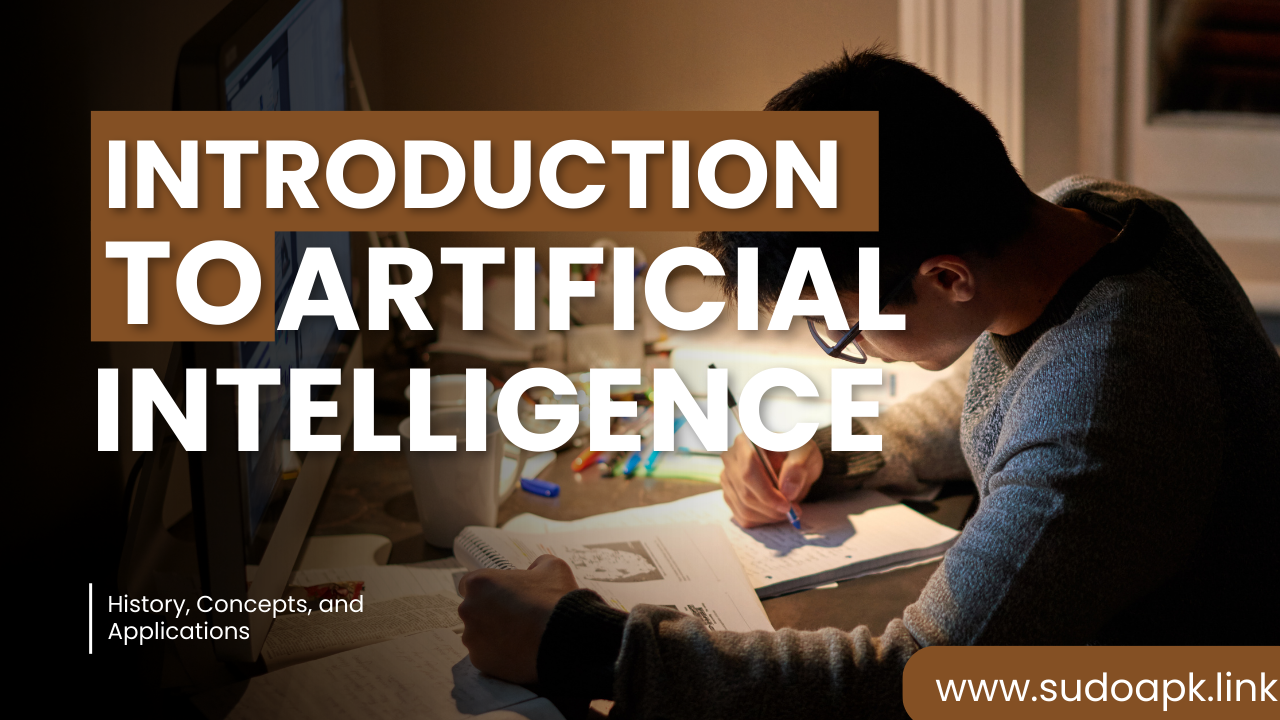
Dec 31, 2023 06:48 AM
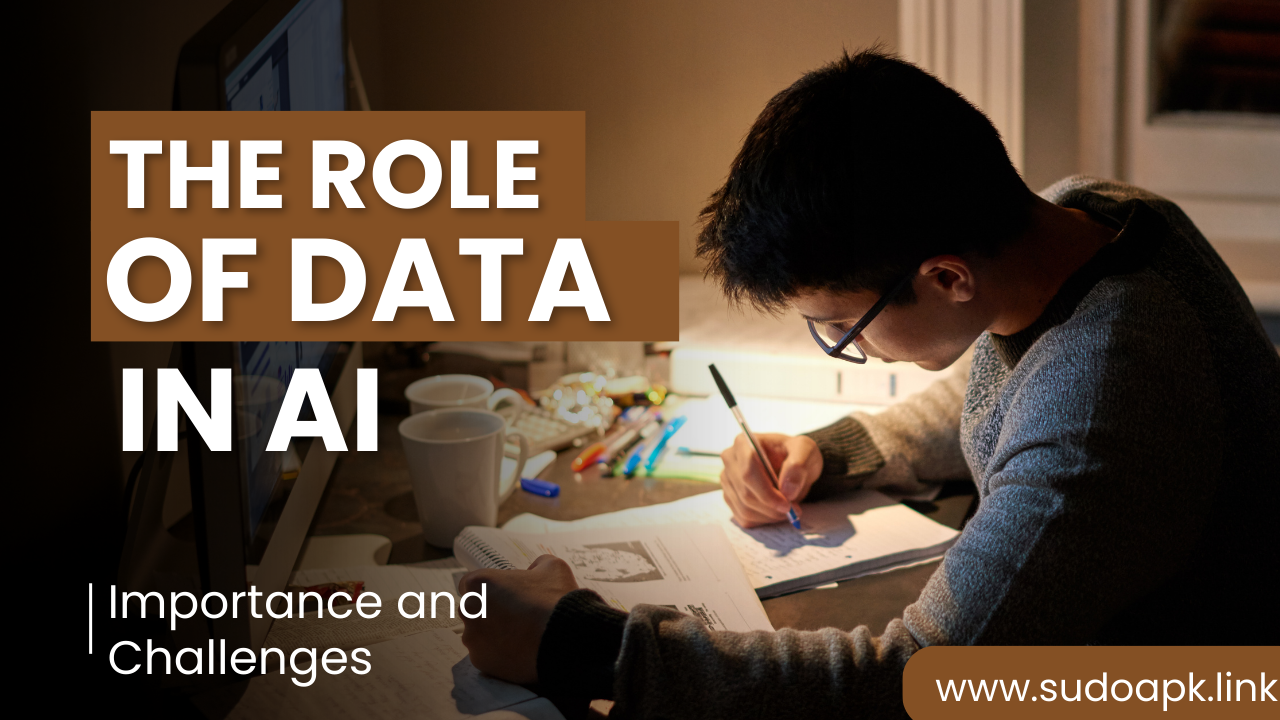
Dec 31, 2023 07:22 AM
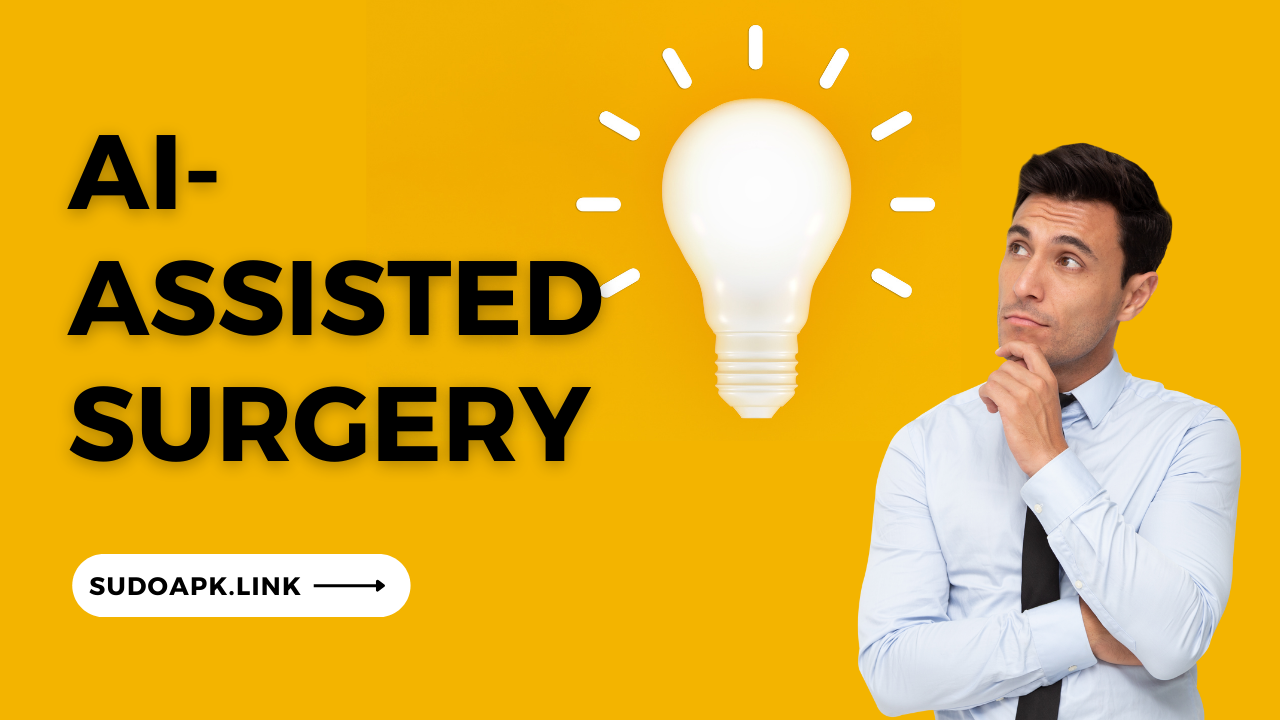
Jan 01, 2024 09:54 PM
Comments (0)